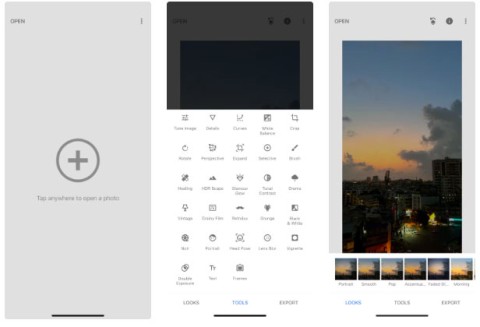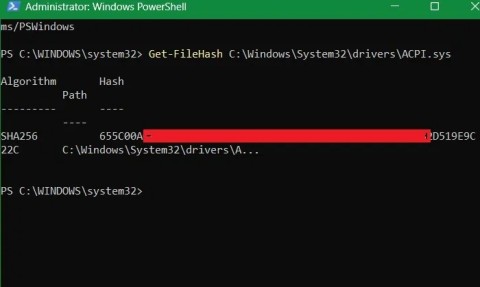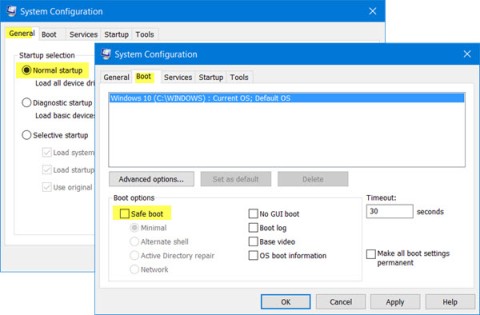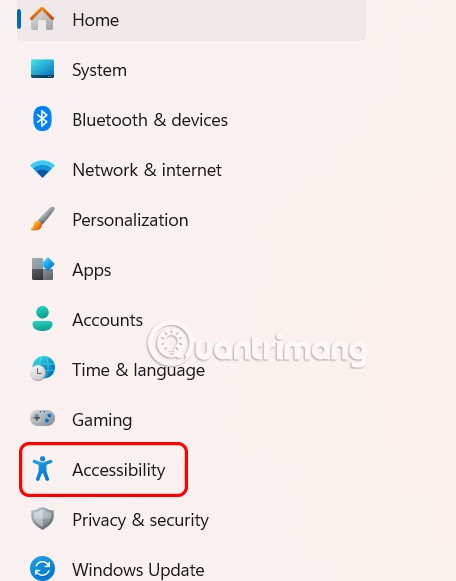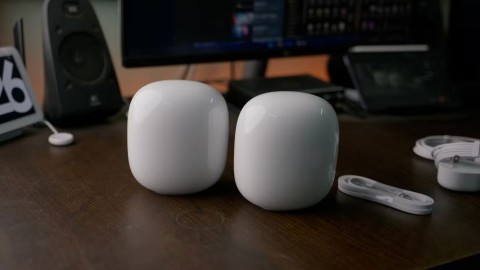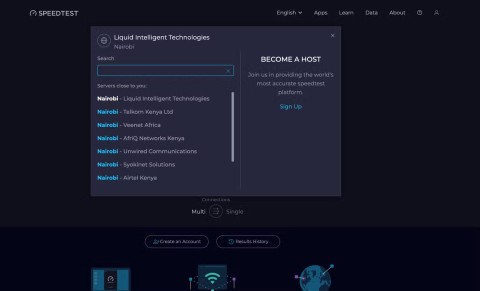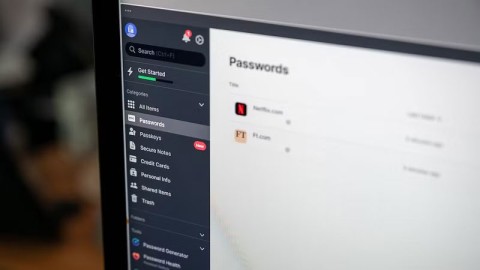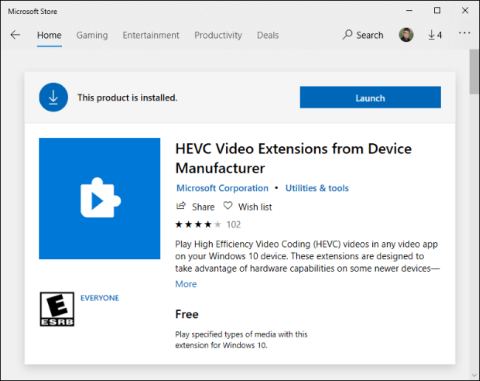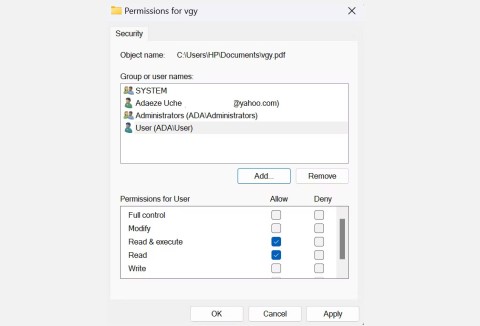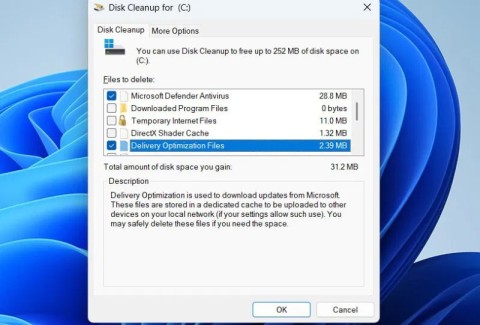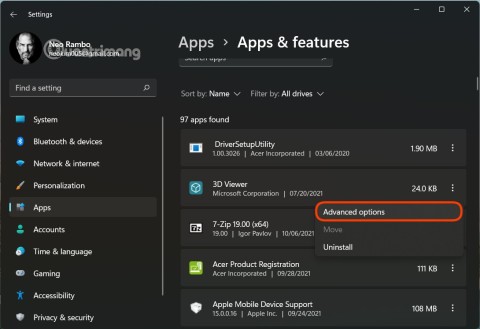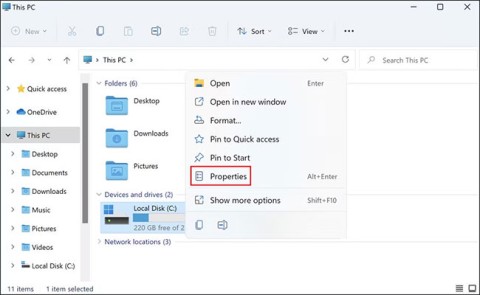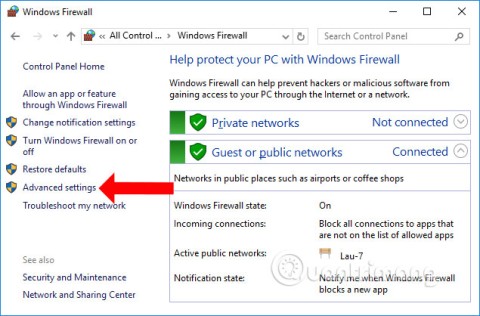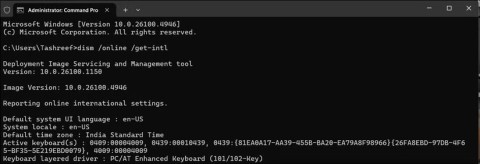The best photography apps on iOS and Android

The default camera apps on your phone can do a lot, but they still don't have many advanced tools for creative photography. Here are the best phone camera apps.
The free VSCO app (formerly known as VSCO Cam ) is a powerful all-in-one camera, photo editing and sharing app. It is easy to use and provides high quality results.
The camera includes advanced manual controls and a photo editor with a wide selection of filters and essential adjustment tools. In this article, you will learn about photography and photography options on VSCO.
Formerly VSCO Cam, this app is divided into different sections for photography, photo editing and photo sharing. While there are many features built into VSCO, its user interface is simplified with tools that appear as icons.

The important thing to remember when using VSCO is that you can easily access the main menu at any time by swiping from left to right on the screen. This menu allows you to access various areas and features included in the application.
Below is a summary of the options that VSCO offers:
You can use the camera in the VSCO app to take photos instead of the camera on the iPhone with its basic functions to set focus and capture points or you can use a variety of manual features like ISO, speed shutter speed, white balance and manual focus - letting you unleash your creativity when taking photos.
VSCO camera is very simple to use. But what if you want to create more creativity for your pictures? Below is a summary of the VSCO features that you can use to edit your pictures.
Focus and saturation can be used in two ways: touch the screen with one finger to set focus focus or exposure at a single point (indicated by a red circle).
Differentiate between focus and exposure points by touching the screen with two fingers. You will see two red circles on the screen, one for focus and one for exposure.


You can drag these two circles to any position you want. Drag the focus point to the part of the scene you want when focusing. Drag the exposure point to the area where you want to get more light.
If you double-tap the exposure point and focus point, the points will lock in that position. When you move the camera to another scene, you will see that these points are still locked in the position you have chosen no matter where you pan the camera at any point. To unlock, you just need to move the red icons on the screen.
Remember, you may not be able to get the perfect exposure for the entire composition of the image when setting the exposure. This is especially true for high-contrast scenes like landscapes where there are bright skies and dark backgrounds. You should set the exposure for the area that you feel is important, then you can adjust the exposure for the rest of the editing process.
To exit the two modes, double tap the screen or drag this red circle to the other.

In the upper left corner of the camera screen of VSCO, you touch the circle of white dots to open the shooting options menu. A bar of icons will appear horizontally at the top of the screen. These icons allow you to change settings while taking a photo.

Lightning icons give you four different flash options. Tap on it repeatedly to switch between them. If you see the Flash icon is light gray, this feature is disabled. The uppercase letter A next to the lightning icon indicates that Automatic Flash mode has been selected, meaning that the flash will automatically start if the scene is not bright enough.
Lightning icon without letter A indicates that Flash mode is enabled and active whenever you take a photo.


The second icon in the photography menu is Gridlines, which provides four options for you to use. You just need to touch the surf icon to select the result you need.
There are two ways to use the shutter button to take photos. The first is to press the gray bar under the screen with white dots to take photos. Not only do you need to click on the white dot, you can perform the shooting when you touch any gray part of the bar.

The second option is to make the full screen a shutter button, which means you can take a photo when you tap anywhere on the screen. To do this, click the shutter button in the shooting menu at the top of the screen.
After enabling this setting, you will see a red border around the viewfinder indicating that the entire screen is now your shutter button. This feature is extremely useful for concerts, crowded places or shooting in difficult conditions when you cannot reach the shutter button.
To turn this off, tap the shutter button on the capture menu at the top of the screen.
In certain lighting conditions, you can see the appearance of a slight color band on the image. This is because different light sources have different color temperatures.

That long color is especially striking when shooting in artificial light sources like light bulbs. The white balance (WB) setting will help disable this color range by adjusting the cold or warm tone.
If you want to lock the current white balance setting so that it doesn't change when you shoot in different lighting conditions, just click the WB Lock icon in the shooting menu at the top of the screen.
The ADV icon gives you access to advanced manual shooting options, primarily to adjust exposure and color. When you press ADV in the shooting menu, you will see a small sun icon appear at the bottom left of the screen allowing you to control the brightness of the photo.

Use the slider above to increase or decrease the brightness. Touch Auto to the left of the slider to return to Auto Exposure mode .

When you touch the sun icon in the lower left corner of the screen, you will have more advanced shooting options including brightness, white balance, manual focus, ISO and shutter speed. Each option will have a slider to adjust the value.

The last option in the photography menu allows you to change the color of the camera interface. Touch the icon to the right of the shooting menu to choose whether the camera background is black or white.

If you want to switch to the front-facing camera for self-portraits, you need to make sure the shooting menu at the top of the screen is closed by touching the dotted circle at the top left to hide the shooting menu icons. Now you can click the Switch Camera icon in the upper right corner of the screen.
After taking a photo with the VSCO camera, the image will automatically appear in the Library section of the application where you can view, edit and share them.


To access the VSCO library, touch the image thumbnail at the bottom right of the camera screen or on the VSCO home screen, swipe from the left to the right of the screen and select Library . The gallery will appear and you will see the photos you have just taken.
When you are in VSCO's photo library, you can return to taking photos by touching the circle icon inside the square in the lower right corner of the screen.
Of course, VSCO's camera cannot replace the built-in camera app on the phone because it lacks some features like timer, HDR, animation ... But if you want more controls manually apart from what the camera on the phone has to offer, VSCO is a great option. Its minimal user interface helps you quickly and easily adjust focus, exposure, white balance, ISO and shutter speed.
The article has shared with you useful information about the features of VSCO, thereby hoping you to have a clearer view of this software and use it effectively.
The default camera apps on your phone can do a lot, but they still don't have many advanced tools for creative photography. Here are the best phone camera apps.
While Apple's Photos app is useful for basic tasks like cropping photos, it doesn't offer many advanced editing features. And that's where a third-party photo editor comes in handy.
VSCO is a powerful photo capture, editing and sharing app that is appreciated by users alongside other editing tools. So how to edit and share photos on this tool?
Currently, there are many photo editing applications launched to meet the craze for selfie. The more applications that are available, the more difficult it is for users to choose, each application will have its own advantages and advantages, which are difficult to choose.
Error code 0xc0000098 in Windows causes a blue screen error on startup. The ACPI.sys driver is often to blame, especially on unsupported versions of Windows 11 like 23H2 or 22H2 or Windows 10.
In some cases, sometimes you start your computer in Safe Mode and the computer freezes. So how to fix the error in this case, please refer to the article below of WebTech360.
Snipping Tool is a powerful photo and video capture tool on Windows. However, this tool sometimes has some errors, such as constantly displaying on the screen.
Every network has a router to access the Internet, but not everyone knows how to make the router work better. In this article, we will introduce some router tips to help speed up the wireless connection in the network.
If the results seem slower than expected, don't be too quick to blame your ISP - mistakes when performing the test can skew your numbers.
In the article below, we will introduce and guide you to learn about the concept of QoS - Quality of Service on router devices.
Windows has a built-in Credential Manager, but it's not what you think it is—and certainly not a replacement for a password manager.
Microsoft charges for its official codecs and doesn't include them in Windows 10. However, you can get them for free without pulling out your credit card and spending $0.99.
While having trouble accessing files and folders can be frustrating, don't panic—with a few simple tweaks, you can regain access to your system.
After creating a USB boot to install Windows, users should check the USB boot's performance to see if it was created successfully or not.
Although Windows Storage Sense efficiently deletes temporary files, some types of data are permanent and continue to accumulate.
You can turn off Windows 11 background apps to optimize performance, save battery and reduce RAM consumption.
When a computer, mobile device, or printer tries to connect to a Microsoft Windows computer over a network, for example, the error message network path was not found — Error 0x80070035 may appear.
We can block Internet access for any application or software on the computer, while other programs can still access the network. The following article will guide readers on how to disable Internet access for software and applications on Windows.
Instead of paying $30 for a year of security updates, keep Windows 10 safe until 2030 with this simple solution.
